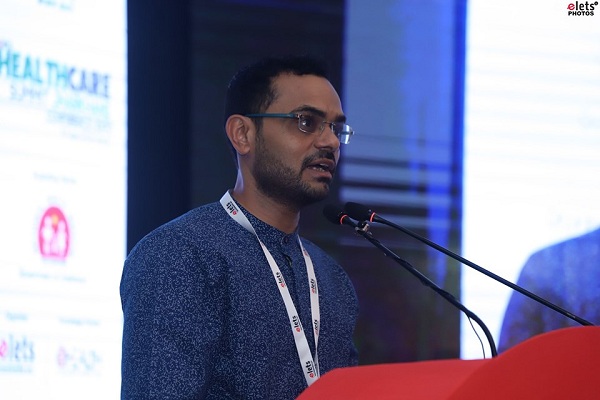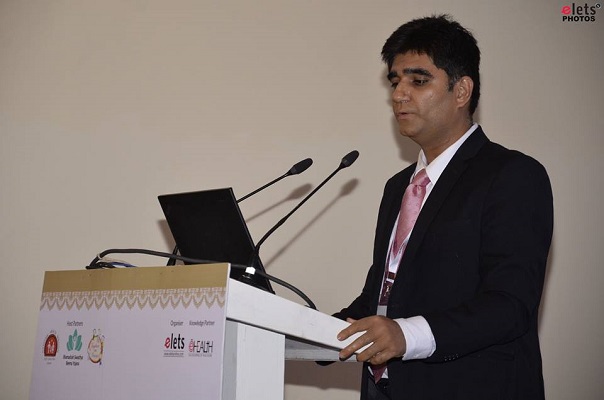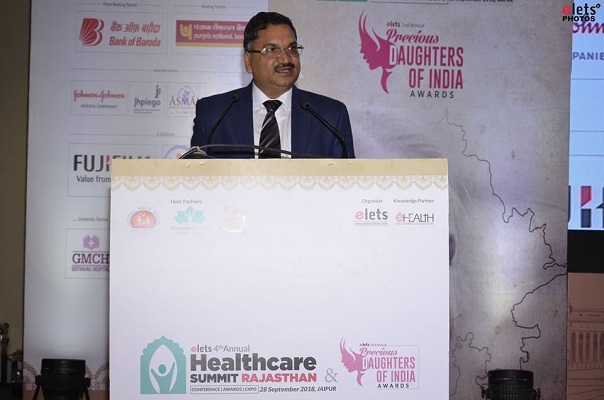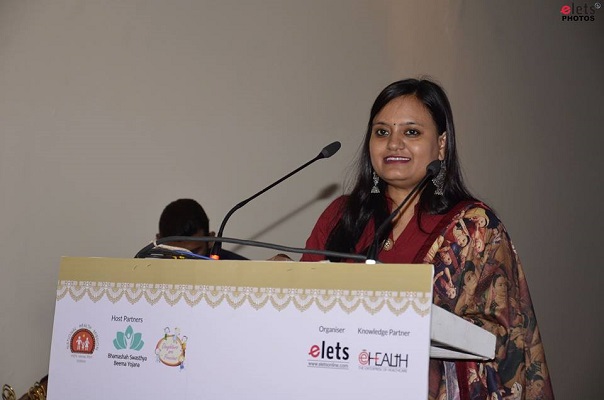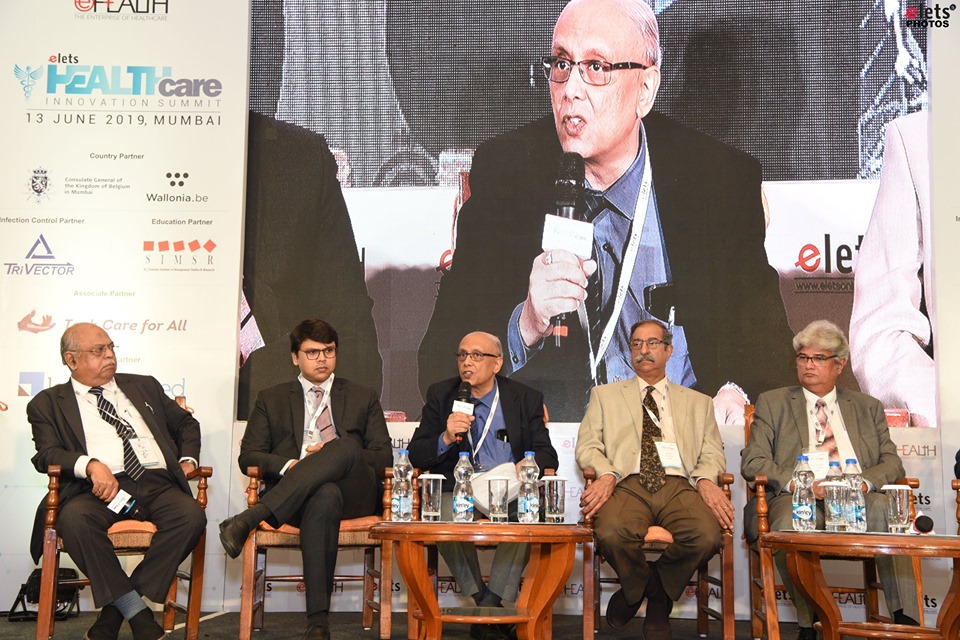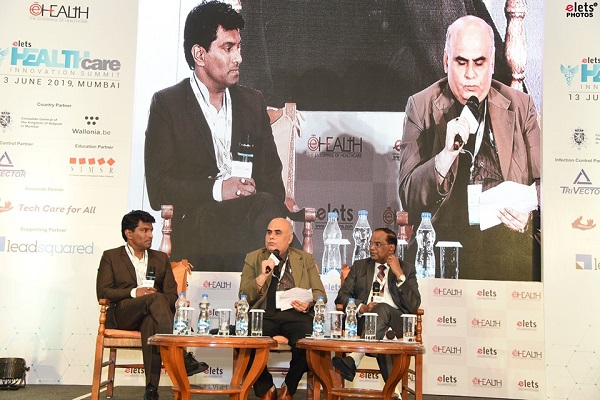
 India has developed excellent capabilities in Information and Communication Technology (ICT) and its usage in bridging the gaps in healthcare delivery is growing in importance with each passing year. Health IT has also opened new avenues of growth for startups, which have been swift to come up with many disruptive solutions that are changing the way healthcare was delivered in the country. But are we pushing ICT in healthcare too fast?
India has developed excellent capabilities in Information and Communication Technology (ICT) and its usage in bridging the gaps in healthcare delivery is growing in importance with each passing year. Health IT has also opened new avenues of growth for startups, which have been swift to come up with many disruptive solutions that are changing the way healthcare was delivered in the country. But are we pushing ICT in healthcare too fast?

Dr Rajiv K Jain, Additional Chief Medical Director (Health and Family Welfare), Ministry of Railways, believes that IT is as useful as physical infrastructure in the healthcare sector. “But IT cannot function without the healthcare infrastructure on the ground,” he said at the recently held 7th Healthcare Leaders Forum (HLF) in New Delhi.
“In India, if we have to scale up IT application in healthcare. We need to have an accessible, robust and affordable healthcare system existing on the ground. That’s a prerequisite. Without the foundation, you cannot build an IT infrastructure supporting the healthcare system,” Dr Jain said.
He cautions that in order to push development of IT infrastructure, we need to keep in mind that the basics of the healthcare systems are not available in the country. “We push IT too fast. That’s the word of caution we need to exercise,” he said.

So, where does IT come into the picture. “To build healthcare infrastructure, it takes years and years of time because of the very nature of healthcare system that requires diverse set of individuals with skills to deliver in a unified manner to an individual patient in a predictable fashion every time continuously for years, which presents a big challenge.”
It is here the use of IT comes in to make the quality more predictable, more standardised and more transparent.
“The use of IT in this manner needs to be embedded in the system. Here, India has an advantage compared to many developed countries. Since our infrastructure is in developing phase, we need to embed the healthcare system and the IT together,” he said.
It is in this context that the biggest opportunities are present in the most backward cities or towns of India. “That means that Tier 2 and Tier 3 cities, which have rudimentary municipal administration on the ground but have huge number of people living together as a community, can have IT embeded in their healthcare system,” Dr Jain said.
Be a part of Elets Collaborative Initiatives. Join Us for Upcoming Events and explore business opportunities. Like us on Facebook , connect with us on LinkedIn and follow us on Twitter , Instagram.


